Two major demographic shocks are rattling the world, and one will lead to a Social Security cliff by 2033, JPMorgan warns
The population is aging. Where can policy step in?

Mortality rates are declining, and living beyond 90 is in reach for many, as medical advancements have made it possible to live longer than ever before.
However, a longer lifespan presents an economic challenge. With the fertility rates hitting a historic low, more money will go out to retirees than will be coming in, bringing the world to a point of reckoning about how to keep from “falling off a demographic cliff," as posed at a recent symposium.
JPMorgan released a summary of insights from think tank experts, policy makers, and academics who gathered at the recent symposium at the Griswold Center for Economic Policy Studies at Princeton University to discuss the impact of the two major demographic shifts.
“Over the past six decades, declining fertility rates have reduced population growth and raised the possibility of population decline in many countries, particularly with low immigration,” the report reads. “Meanwhile, mortality rates are falling, and life expectancy has been trending up steadily across the world over the past century, with life expectancy at birth rising by 1 year every 4 years since 1990.”
With slowed fertility and reduced mortality rates, the older adult population is growing nine times faster than the working population. One in five Americans will be of retirement age by 2030, when all Baby Boomers will be over 65. A smaller workforce will struggle to support a growing retirement group. “Old age support runs largely through the government, while the youth dependency burden is mostly borne by families,” researchers write.
The “senior gap,” which is the disparity between the amount of money older adults spend to live and what they have coming in, was $60,000 in 2023 and growing. The Urban Institute predicts that poverty among older adults and people with disabilities will “soar” if policies don’t ensure Social Security stays alive.
Social Security, which administers retirement benefits, is facing a financial shortfall. “Demographic trends indicate that the Social Security Trust Funds will be exhausted by 2032 if no action is taken to raise program revenues or cut program spending," the report highlights. Additionally, Elon Musk’s DOGE is targeting Social Security in its latest round of government cuts, leaving many of the 73 million enrollees unsure whether they’ll be able to access their benefits.
The “Social Security cliff” illustrates the difficulty of financing longer lives when government assistance is threatened. Just two years ago, former CVS CEO Karen Lynch warned of a “tsunami of people coming into Medicare,” underscoring the growing aging population that is on track to outnumber children. “That’s going to put pressure on the entire health care system,” she said during an interview at Fortune Brainstorm Health.
The symposium experts concluded that it’s not “pro-natalist policies” as championed by the Trump administration or minor tweaks to paid leave that will address the demographic shift, but rather, long-term strategies to keep aging adults financially healthy.
“The old age dependency ratio [the number of people aged 65 or older per 100 people of working age], not increasing the fertility rate, should be the focus of public policy responses,” the researchers highlight as a key long-term strategy priority. The ratio was 65 per 100 in 2010 and is estimated to increase to 80 per 100 by 2050.
These think tank experts point to the need for policies to improve retirement savings for older adults, and “that retirement benefits should be calculated on the basis of proximity to death rather than age at birth.” They also highlight high growth returns from “high-skilled immigration” as a “combination of labor intensity and productivity is needed,” and the potential for AI to improve worker efficiency and mitigate the downstream effects of a higher old age dependency ratio.
This story was originally featured on Fortune.com












![31 Top Social Media Platforms in 2025 [+ Marketing Tips]](https://static.semrush.com/blog/uploads/media/0b/40/0b40fe7015c46ea017490203e239364a/most-popular-social-media-platforms.svg)




















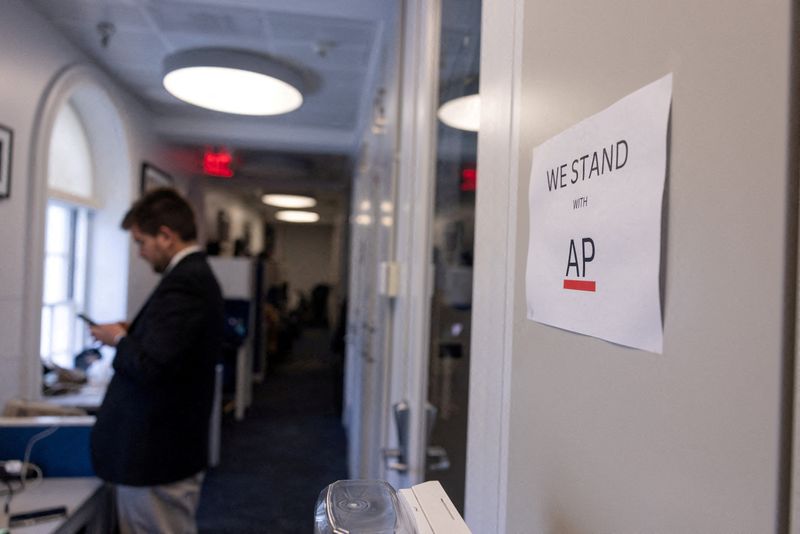




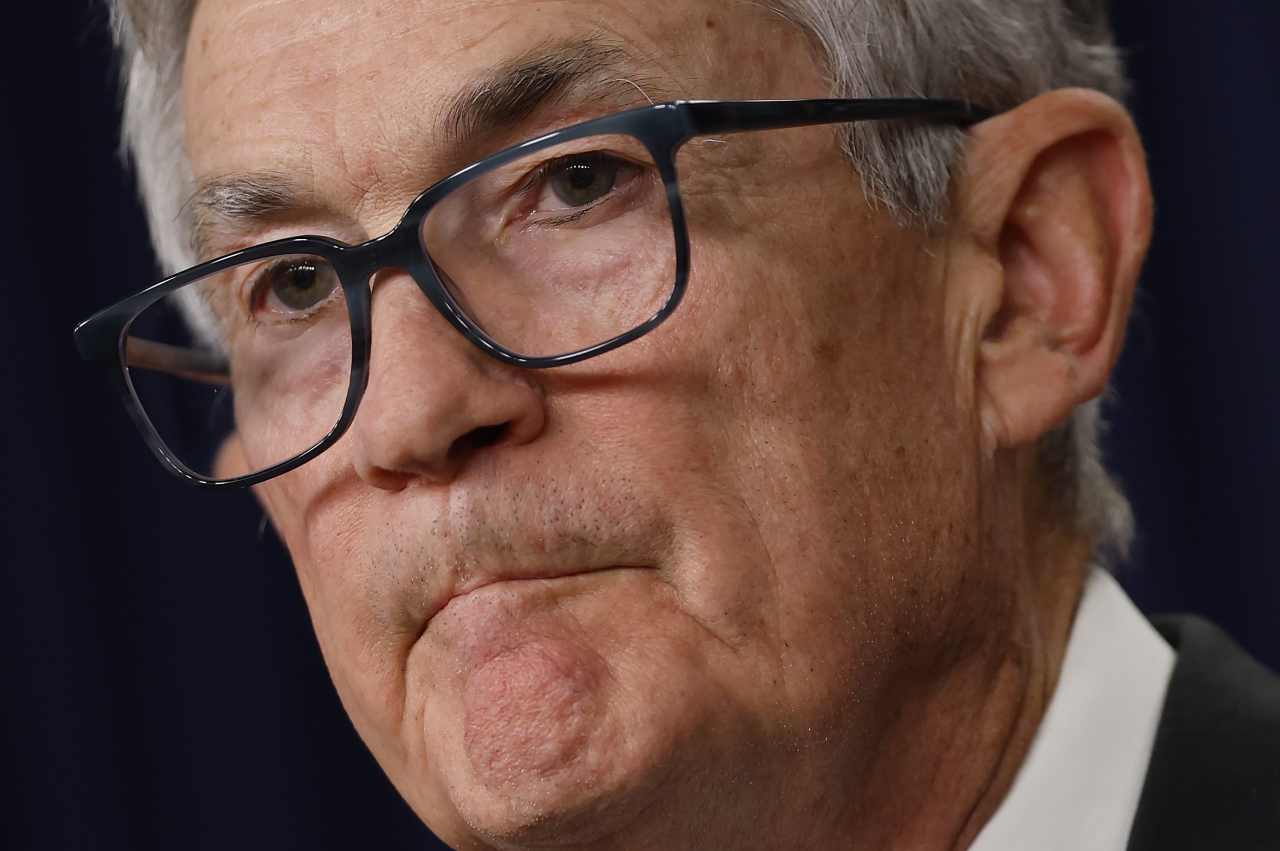

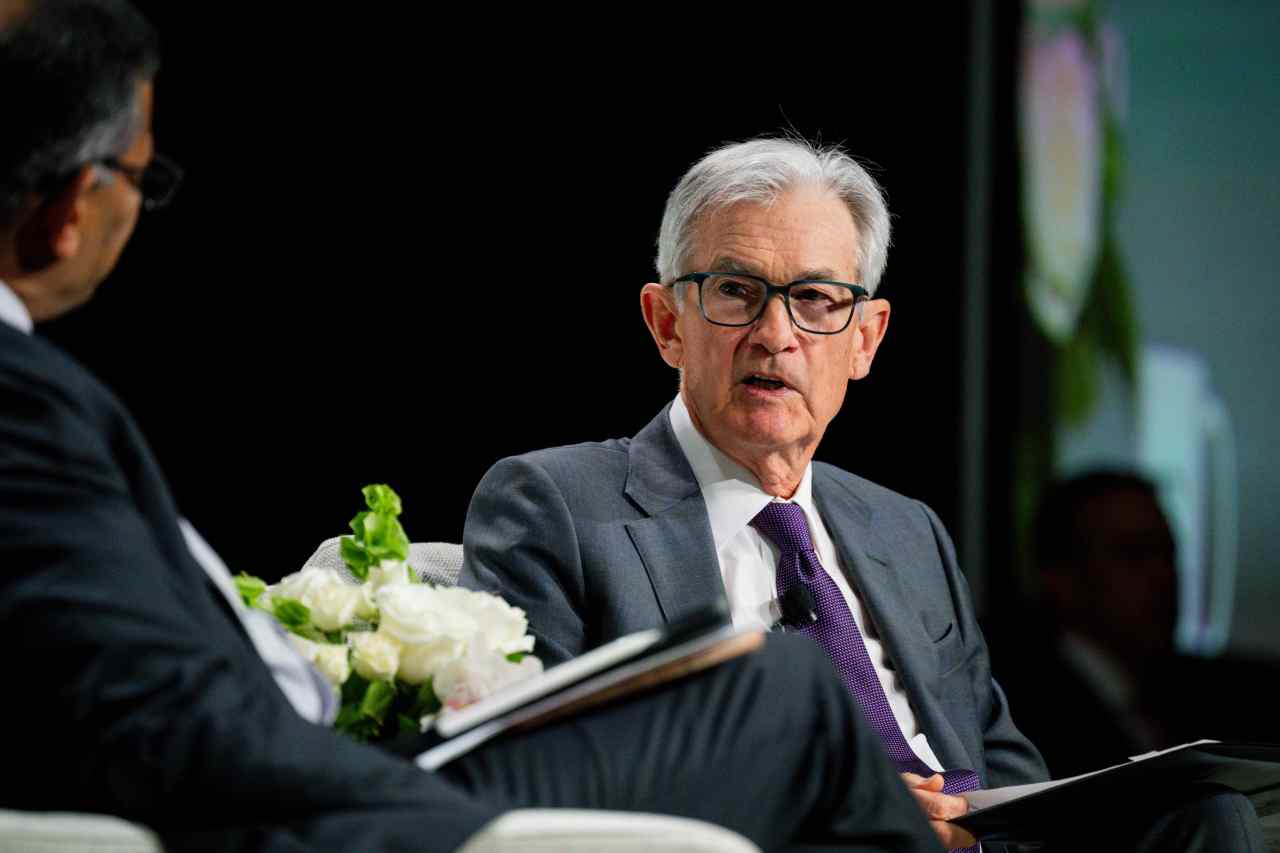





































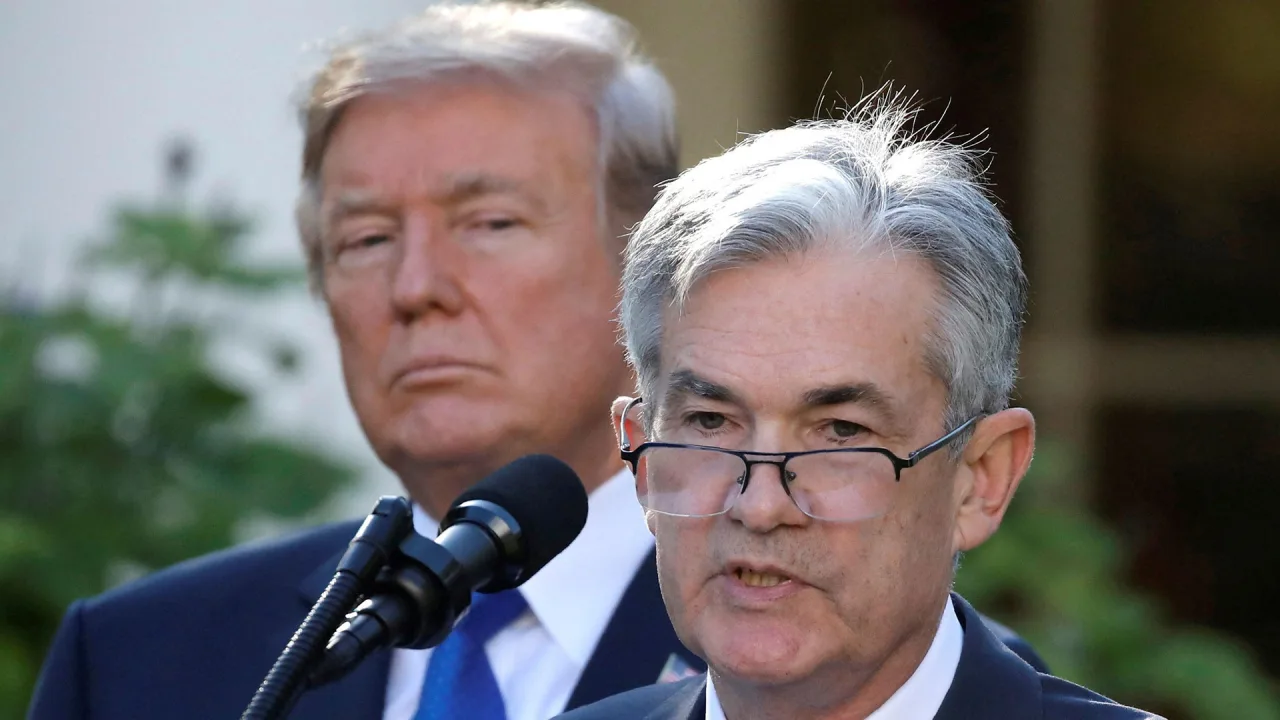






























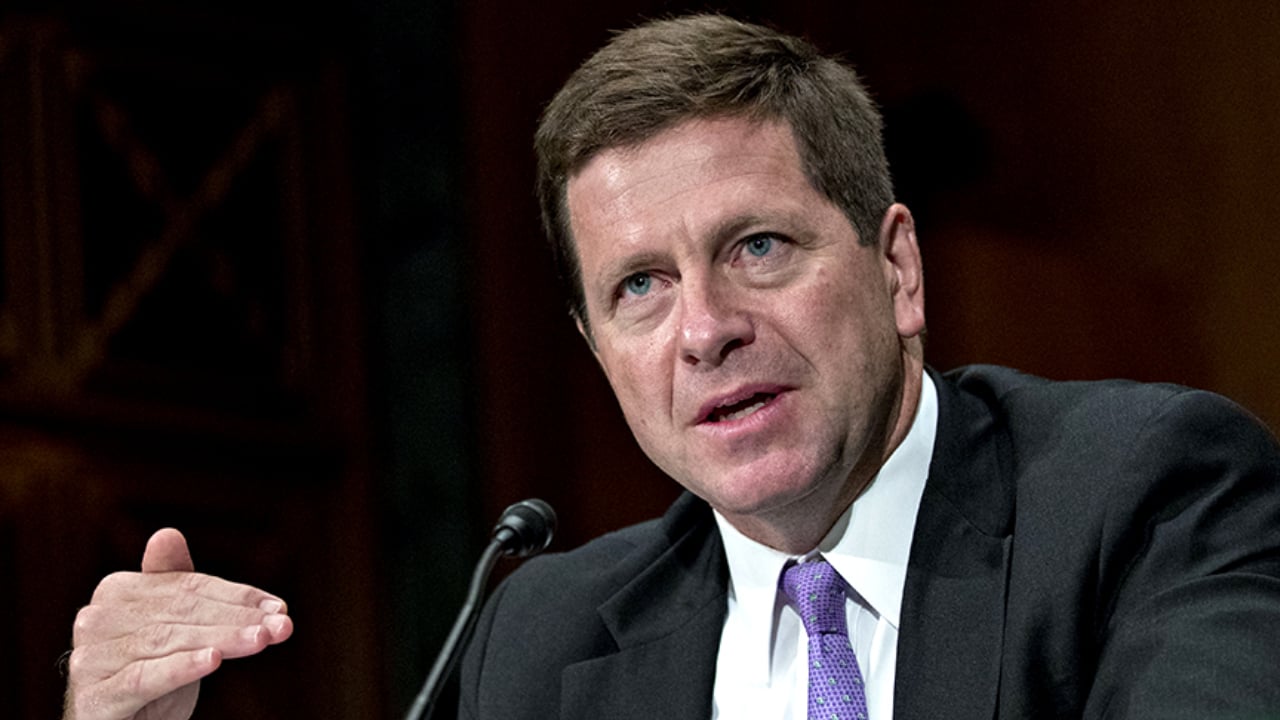













































































![How to Find Low-Competition Keywords with Semrush [Super Easy]](https://static.semrush.com/blog/uploads/media/73/62/7362f16fb9e460b6d58ccc09b4a048b6/how-to-find-low-competition-keywords-sm.png)



